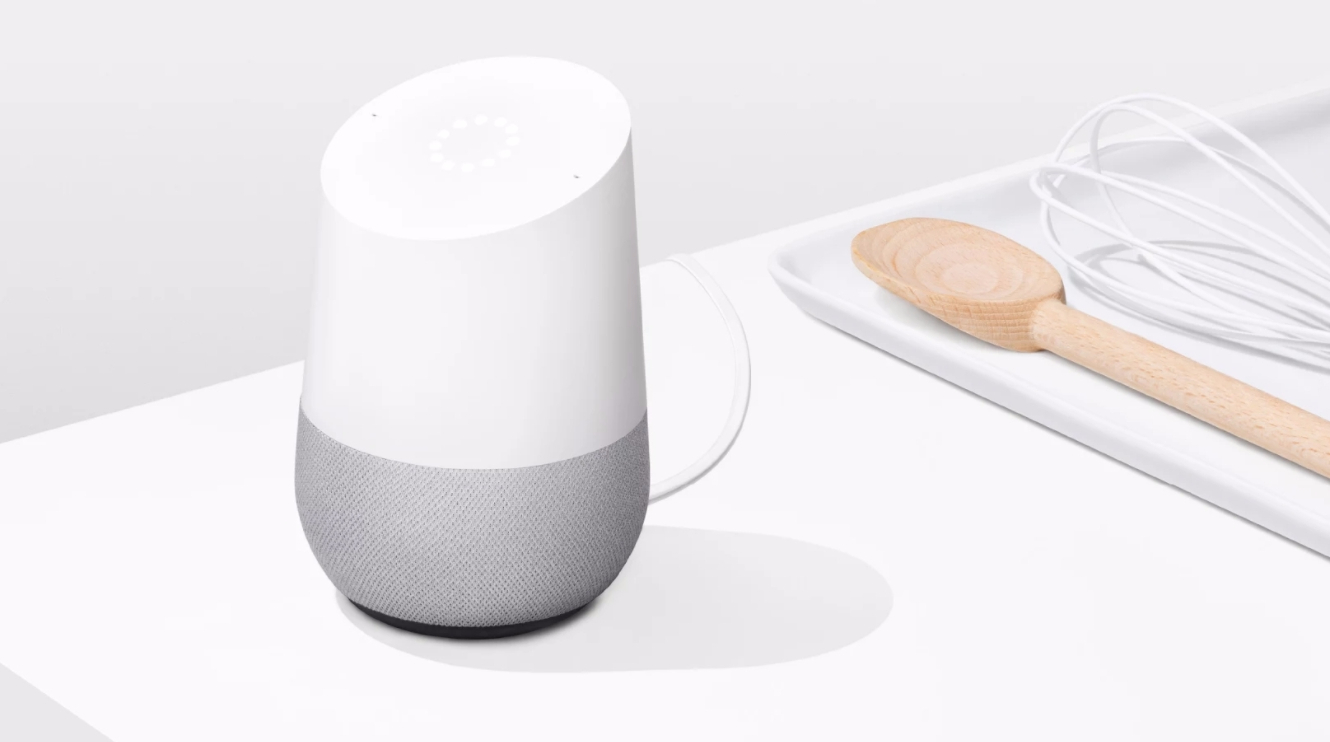David Woodbridge, Vision Australia’s Access Technology Technical Lead, discusses tech in a range of forums including In Vision, Vision Australia's quarterly newsletter for clients.
In this story, David examines how Google Home and similar devices can make your home more accessible.
Google Home is the first smart speaker to be officially supported in Australia.
Google Home allows you to use all the usual personal commands such as checking on the weather or your calendar or setting an alarm set a timer or multiple timers for cooking (great for cooking) or play podcasts, music or your favourite radio station.

A Google Home smart speaker. Image courtesy of the Google Home website.
But what is very cool about the Google Smart Speaker is that if you have a Chromecast-enabled TV or a Chromecast device plugged in to your TV, you can get Google Home to play videos to your TV.
Or, if you link your Netflix account, you can play movies directly from Netflix to your TV by giving a simple command such as: “Hey Google, watch Harry Potter and the Philosopher’s Stone from Netflix”.
If you’re like me and you have more than one Google Home, you can set up speaker groups in the house to have multiple Google Home speakers playing at the same time.
Just say something like: “Hey Google, play instrumental music from Google Play Music on Home Group”. So, having set up the Home Group, I get my Google Home speakers playing in the kitchen, toy room, and study.
By default, when you say: “Hey Google” as a vision-impaired person you don’t know if the speaker has activated to listen to you until it either carries out your request or doesn’t respond.
Visually there are lights on top of the speaker to let you know that it has heard.
You can turn on an accessibility function within the Google Home app to play a sound when the speaker is listening. It’s reassuring to have confirmation sounds so you know that the speaker has activated and is doing something. Easy to setup and use.
We’re still waiting for the Amazon Echo to be officially supported in Australia, with the Home Pod (based on Siri) not due until December this year.
To read the last edition of In Vision, click the link here.
Follow this link to subscribe to In Vision. The next edition is due in December.










